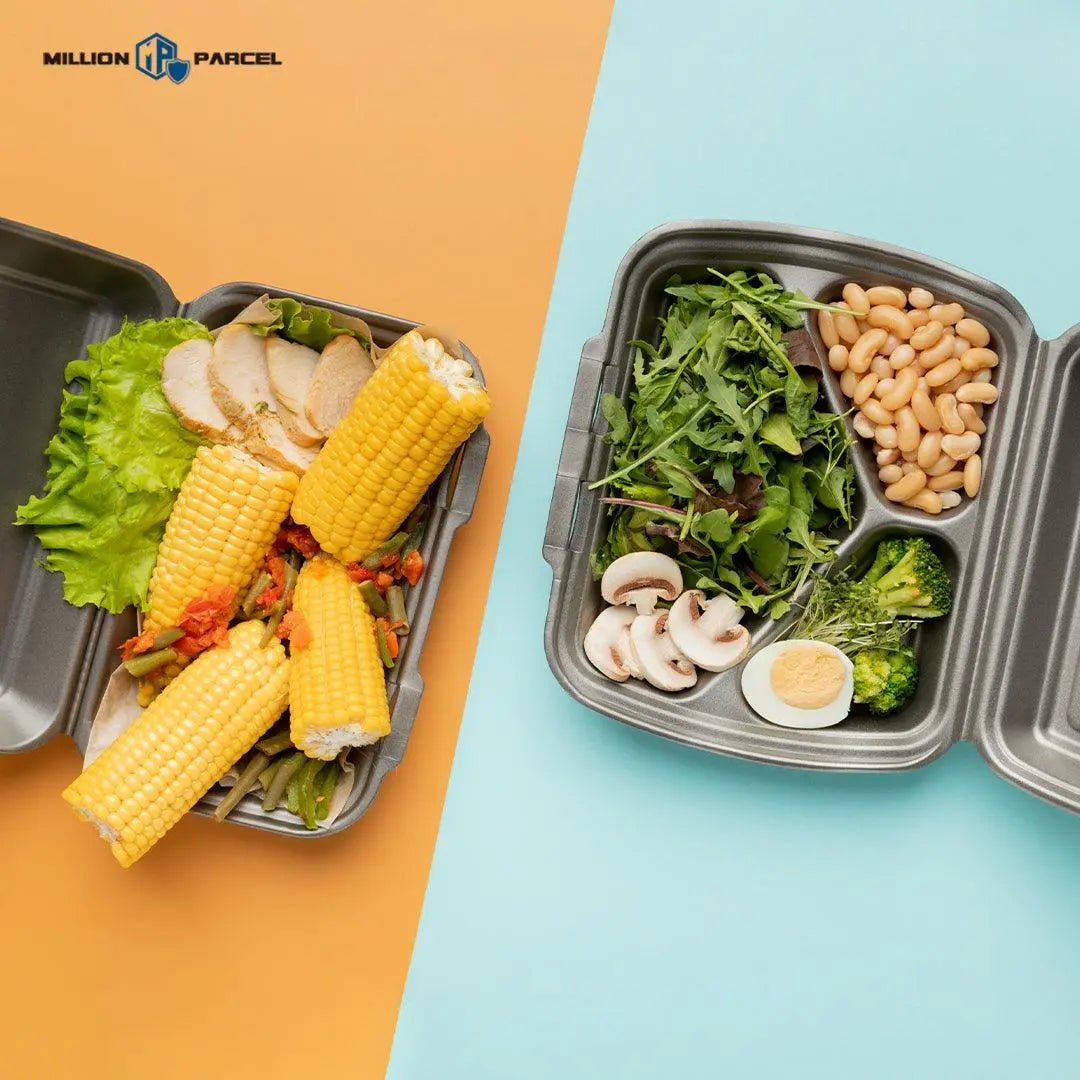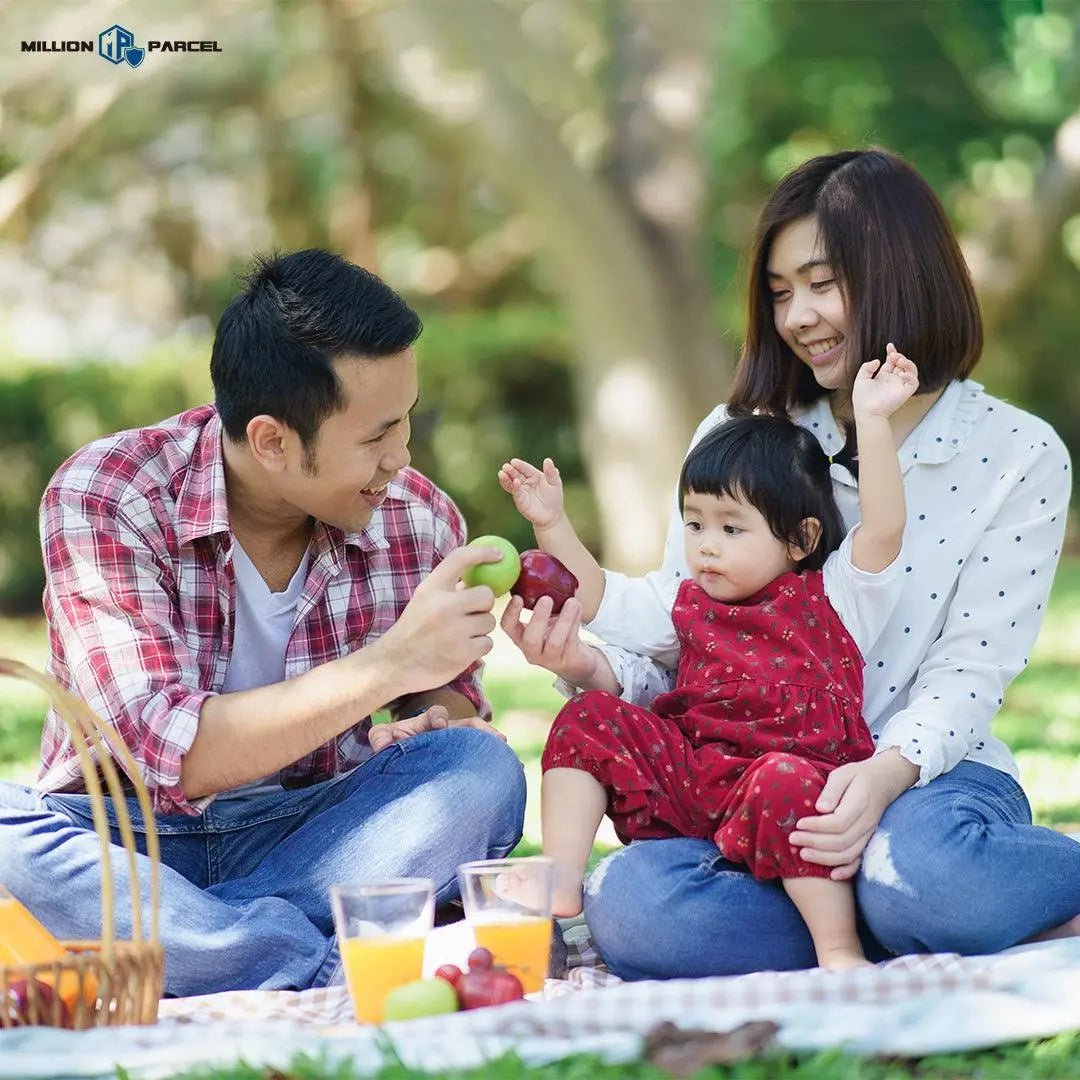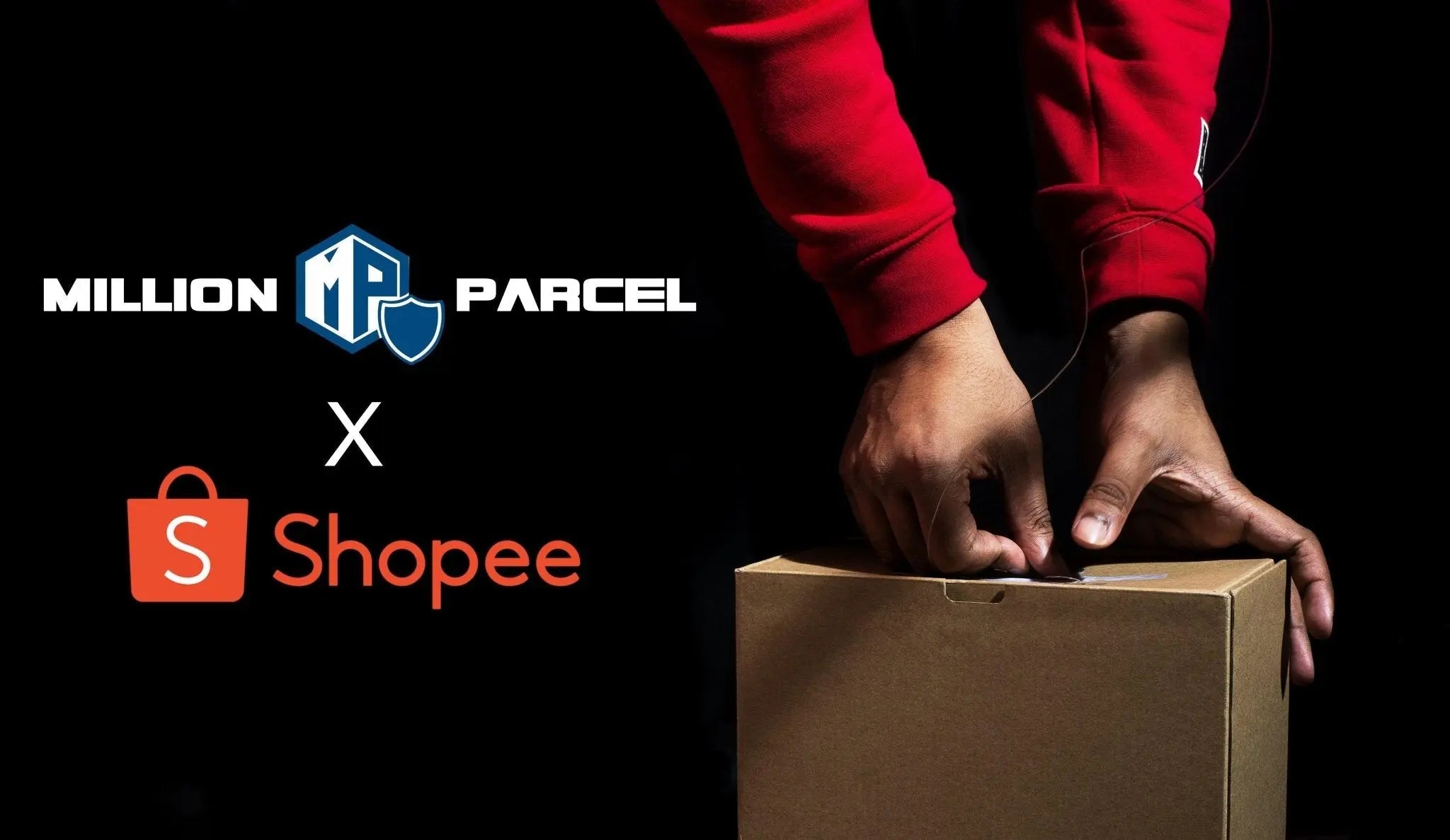在消费者拥有众多选择的情况下,食品行业是竞争最激烈的领域之一。由于众多品牌争相吸引消费者的注意力,企业需要做的不仅仅是提供优质产品,还要创造一种能引起消费者共鸣的体验。实现这一目标的一个关键要素是通过食品包装。
食品包装不再只是保护食品的一种手段。它已经发展成为一种强大的工具,可以打造独特的品牌形象并与客户建立牢固的联系。包装上的设计、材料和信息都有助于塑造品牌的个性,并使其在货架上脱颖而出。毫无疑问,包装通常是消费者在购买食品时首先注意到的东西。在本文中,我们将与您分享在这个竞争日益激烈的市场中为您的企业选择合适的食品包装时需要注意的所有基本原则 - 继续阅读以了解更多信息。
4 食品包装的功能
食品包装是食品行业的重要组成部分,不仅可以保护食品,还可以作为企业品牌推广和营销的手段。虽然食品包装的主要功能是保持食品新鲜和安全食用,但现代食品包装已经发展到包含其他功能,例如便利性、美观性和环保性。本节将介绍食品包装对您的业务的各种功能。
保护和保存
食品包装最重要的功能之一是保护和保存食品。食品包装通过防止空气、水分、光线和微生物等外部因素的污染来保持食品的质量、新鲜度和安全性。例如,真空密封包装用于肉制品,以防止氧化和细菌生长。同样,气密容器用于储存烘焙产品,以防止吸湿和变质。此外,食品包装还可以防止物理损坏,例如运输过程中产品的破损或破碎。这对于蛋糕或饼干等产品尤其有益,因为它们通常装在食品包装盒中,有助于防止其质地被破坏。
方便
在当今快节奏的世界中,食品包装为消费者提供了极大的便利和简便。便捷包装有多种形式,例如塑料食品容器、真空储物袋和外卖盒,并且可以节省时间和精力,使食物可以储存更长时间而不必担心变质或污染。
此外,合适的食品包装还能为准备和食用食品提供便利。方便包装的即食食品可让消费者快速轻松地加热和食用。零食和其他即食食品的包装方式也便于携带和食用,即使消费者在旅途中也能轻松食用。此外,食品包装还能让消费者更轻松地控制份量,尤其是那些关注卡路里摄入量的消费者,从而更容易保持健康饮食。食品包装提供的这些便利性会给消费者的购买决策带来重大影响。通过优先考虑食品包装的便利性,企业能够满足当今消费者的需求和期望,同时为未来的成功做好准备。
帮助您的品牌脱颖而出
如今的消费者不仅在寻找优质产品,还在寻找符合其价值观和信仰的品牌。食品包装可以发挥作用,帮助传达这些价值观,与目标受众建立强烈的情感联系。食品包装可用于讲述您的品牌及其使命的故事,帮助与消费者建立更深层次的联系,创造忠诚感和拥护感。
通过包装让您的品牌脱颖而出的另一种方式是采用独特的设计。视觉上引人注目且令人难忘的设计将帮助您的品牌在货架上脱颖而出,吸引消费者的注意力。大胆使用颜色、图形和字体有助于打造强大的品牌形象,让消费者更容易识别和记住您的品牌。使用玻璃、金属或可持续材料等优质材料可以传达奢华和精致,在消费者心中创造价值和品质的感知。环保包装还表明了对可持续性和负责任的环境管理的承诺,这对当今许多消费者来说是一项重要的价值观。
为消费者提供信息
食品包装为消费者提供了有关所购食品的基本信息。食品包装上显示的营养成分为消费者提供了有关食品卡路里含量、脂肪、糖和蛋白质含量等的信息。这些信息有助于消费者做出更健康的选择并更有效地管理饮食。
此外,成分表可以帮助消费者避免因饮食限制或偏好等其他原因而想要避免的特定成分。过敏警告是食品包装上提供的另一个重要信息。这些警告提醒消费者注意常见的过敏原,如花生、坚果、贝类、大豆和小麦等。有了这些信息,消费者就可以避免可能危及生命的过敏反应,并确保他们购买的食物是安全的。
食品包装的种类 
食品包装已成为现代生活中不可或缺的一部分,被视为一项巨大的创新,新材料和新技术的引入提高了安全性、保质期和环境可持续性。如今,有各种各样的包装可供选择,每种都有其独特的优势。在这里,我们探讨了当今使用的各种食品包装选择,以及它们各自带来的优势。
无菌处理
无菌处理是一种食品包装,涉及对食品和包装材料分别进行灭菌,然后将无菌食品装入无菌包装。这种包装通常用于果汁、乳制品和液体鸡蛋等液体,具有多种好处。
由于无需冷藏,无菌处理储存的食品可以在室温下保存。这有助于降低运输和储存成本,使其成为生产商和零售商的有吸引力的选择。无菌处理还可以延长食品的保质期,这对于易腐烂的食品尤其重要。这是因为灭菌过程会杀死任何可能导致腐败的细菌、病毒或其他微生物,而无菌包装可防止新的污染物进入产品。这确保了产品在较长时间内保持新鲜和安全食用,减少浪费并提高消费者满意度。
食品包装盒

食品包装盒可以由纸、纸板或塑料制成,形状和尺寸各异,具有多种优点。食品包装盒使用和运输方便,通常是快餐店和外卖店的热门选择。它们可以轻松堆叠,使存储效率更高,而且通常重量轻,可降低运输成本。此外,食品包装盒是可定制的,为品牌提供了在包装上展示其徽标或信息的机会,从而提高了品牌知名度和客户忠诚度。
食品包装盒的另一个优点是生产和购买成本相对较低。这使得小型企业能够与大品牌竞争,从而在市场上提供公平的竞争环境。对于担心包装材料对环境影响的消费者来说,用纸或纸板制成的食品包装盒甚至可以回收或堆肥,这是一种环境可持续的替代方案,可减少垃圾填埋场的垃圾。
包装器
食品包装纸在保持食品新鲜和安全方面起着至关重要的作用。保鲜膜和烘焙纸是两种常用的选择,通常用于食品制备和储存。保鲜膜是一种薄而柔韧的薄膜,可用于包裹各种形状和大小的食品,从三明治到水果和蔬菜。它在食物周围形成紧密的密封,防止空气和水分进入,使食物更长时间保持新鲜。
烘焙纸,又称羊皮纸,是一种用途广泛且不粘的纸,常用于烘焙和烹饪。它可用于衬在烤盘、蛋糕盘和其他炊具上,以防止食物粘连,也可用于在烹饪过程中包裹鱼或蔬菜等食物。烘焙纸的不粘表面确保食物易于取出,清理起来轻而易举。通过使用保鲜膜和烘焙纸等食品包装材料,我们可以帮助防止污染、减少食物浪费,并使食物准备过程变得轻松无忧。
包
真空保鲜袋等食品包装彻底改变了我们保存和保护珍贵食品的方式。真空保鲜袋经过专门设计,可去除包装中的所有空气,形成完全密封的密封,防止氧化、变质和污染。无论是精致的肉类、新鲜的鱼类还是异国风味的咖啡混合物,真空保鲜袋都是任何食品专业人士或家庭厨师不可或缺的工具。除了保存易腐烂的物品外,真空保鲜袋还可以储存不易腐烂的物品,包括干果和坚果,让它们在几个月内保持美味和新鲜。
无论您是家庭厨师还是食品行业专业人士,这些多功能且有效的袋子对于想要保持食物品质和风味的人来说都是必备的。
每个初创企业都应该知道的 4 个食品包装技巧

在销售食品时,包装不仅仅是漂亮的包装。事实上,研究表明,包装设计对消费者决策有真正的影响,因此您需要尽一切努力确保您的包装对客户有吸引力。这意味着您需要确保您的食品包装不仅具有视觉吸引力,而且还能有效地向潜在客户传达您的品牌和产品价值。想知道您应该怎么做吗?以下是您在营销策略中使用包装时应该牢记的一些提示。
为您的食品选择合适的食品包装材料
在为您的企业选择合适的食品包装时,请考虑哪些材料有助于保持最大新鲜度、提供保护并具有环保效益。考虑您销售的具体食品,以及水分含量、保质期和易碎性等因素。例如,某些食品可能需要密封包装以防止氧化,而其他食品则需要透气包装以避免水分积聚。
使用环保包装还可以减少浪费,并向客户传达您对可持续发展的承诺。您还可以考虑使用包装技术,例如由可再生资源制成并可在环境中自然分解的生物塑料。
使用食品包装创造独特的品牌标识
包装的黄金法则是让您的设计与您独特的品牌形象保持一致。考虑一下您希望人们如何看待您的品牌以及推动您公司发展的价值观是什么。您的品牌是轻松随意的吗?还是时尚大胆的?无论您的品牌代表什么,请确保它反映在您的食品包装上。
实现这一目标的一种有效方法是定制包装。通过设计品牌徽标、独特颜色和图形,可以创建身份的视觉表现,使品牌能够在拥挤的市场中脱颖而出。这可以提高品牌知名度,并在消费者心中留下持久的印象。
让您的客户抢先一睹为快
考虑使用可以让消费者一睹您产品的包装盒,这样他们就能知道自己购买的是什么,并会为之兴奋。这样的食品包装盒不仅增加了期待感,而且还提供了一种透明和诚实的感觉。通过让客户看到产品,品牌实际上是在传达这样的信息:他们对所售产品感到自豪,我们希望消费者亲眼看到。
这种包装对于外观吸引的产品(如烘焙食品和甜点)尤其有效。它们也适用于具有独特形状或质地的产品,因为客户可以更好地了解他们购买的产品。
不要忘记形式和功能
虽然美观的包装会赢得客户的青睐,但安全性和功能性也应成为设计考虑的首要因素。您需要使用不同的材料和形状来保持产品良好状态,并帮助食品保持完整。将食品包裹起来的包装可防止运输过程中的损坏,而让产品移动的包装则会导致变质。最终,在食品包装设计中优先考虑实用性将确保您的产品以最佳状态送达客户,同时仍然具有视觉吸引力。
食品包装应避免的错误
食品包装上的各种错误可能会影响品牌的知名度和消费者对品牌的信任度。请继续阅读,避免一些零售食品包装中常见的错误,以确保客户满意度。
您的产品难以打开
易于打开的食品包装非常重要,原因如下。首先,它确保可以快速有效地取用包装内的食物,避免不必要的延迟或挫折。这对于那些可能因身体限制而难以打开传统包装或防止手指割伤、指甲裂开和牙齿碎裂等意外伤害的人来说尤其重要。此外,难以打开食品包装的人可能会使用尖锐物体或其他潜在有害工具,从而危及包装内食品的安全和卫生。通过提供简单易开的包装,制造商可以降低受伤和污染的风险,确保食品保持安全和新鲜。
浪费包装
所有企业都希望确保其产品免受自然因素的影响,因此经常选择过度包装,使用不必要的多层包装来包装易腐产品。然而,现代消费者对可持续发展的公司比以往任何时候都更感兴趣。这意味着优先考虑这一点的企业更有可能吸引有环保意识的买家。因此,建议避免浪费包装,这不仅成本高昂,而且可能适得其反并损害您的品牌。
使用错误的材料
使用错误的材料是食品企业在选择产品包装时最常犯的错误之一。这种错误往往会导致产品快速变质、污染和浪费。除此之外,使用错误的包装材料还会影响产品的外观,使原本美味的食物变得一团糟。为了避免影响食品质量,请检查您的外卖盒是否由安全坚固的材料制成,适合您企业提供的食品类型。
了解更多:烘焙食品包装和运输的 3 个技巧
包装设计不充分
企业在设计食品包装时,应考虑消费者对产品的预期用途,考虑产品是在旅途中还是在家中食用。例如,供在旅途中食用的零食或饮料应设计成便携且方便的。这些产品应具有便于携带和防止溢出的功能。这种设计的一个很好的例子是能量棒或蛋白质棒,它们通常包装在小巧轻便的包装中,可以放在钱包或背包中携带。
如果产品是在家中食用,食品包装的设计应优先考虑保持食品新鲜和保护。这可能包括密封、坚固的材料和可重新密封的包装等细节,以避免污染。咖啡袋的设计就是一个例子,它包括一个锥形阀来释放气体,同时防止空气进入袋子并损坏咖啡。
标签不当
标签不规范是指标签不清晰、不准确或不完整,导致消费者难以理解所购买的产品,并可能导致健康和安全问题。例如,如果产品含有花生等过敏原,而标签未披露此信息,则可能会对过敏者造成严重后果。标签不规范还会损害企业的声誉,因为消费者开始更加关注食品标签,导致消费者失去信任,销量下降。
您可能有的问题

我们将在本指南的最后讨论一些您可能对贵公司食品包装存在的问题。
食品包装最常用的材料有哪些?
食品包装所用的材料取决于包装食品的类型、产品的预期用途以及监管要求等因素。以下是食品包装中最常用的一些材料示例。
- 纸和纸板:通常用于储存谷物、面食和零食等干货。它们重量轻、可生物降解且可回收。
- 玻璃 - 玻璃瓶因其不渗透和化学安全性而成为许多液体食品的热门选择。不过,这种食品包装的一个缺点是重量大。它也容易破碎。
- 塑料 - 塑料是食品包装中最广泛使用的材料之一,因为它重量轻、用途广泛且经济实惠。常用的塑料类型包括聚对苯二甲酸乙二醇酯 (PET)、高密度聚乙烯 (HDPE) 和聚丙烯 (PP)。
食品包装会影响食品的味道吗?
是的,食品包装材料会与食品发生相互作用,影响其味道、香气和质地。例如,如果食品包装在塑料或金属容器中,它就会吸收包装材料的味道和气味。这是因为塑料和金属是多孔的,分子可以通过包装进入食品,导致食品产生难闻的味道。
企业如何减少食品包装对环境的影响?
企业可以通过使用可持续材料(如可生物降解或可堆肥的塑料、纸张和纸板)来减少对环境的影响。他们还可以在包装中使用再生材料,以减少进入垃圾填埋场的垃圾量。
食品包装已成为我们日常生活中不可或缺的一部分。因此,企业有必要仔细考虑其包装选择对环境的影响以及其产品的安全性和功能性。
正在寻找最佳包装解决方案?MillionParcel 是您在新加坡购买包装用品的一站式商店 -立即联系我们的团队,了解我们广泛的产品系列!






发表评论
此站点受 hCaptcha 保护,并且 hCaptcha 隐私政策和服务条款适用。